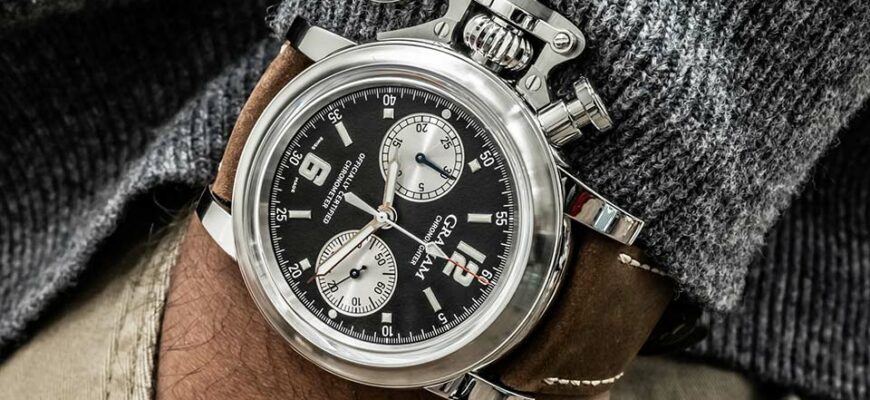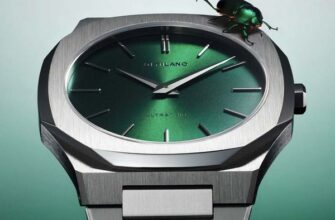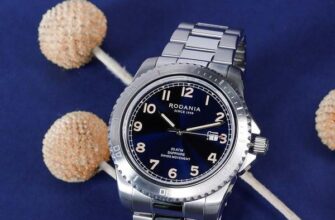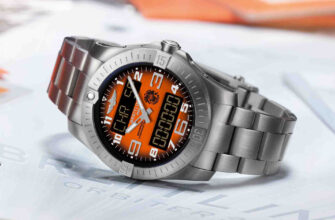It is very disappointing when your favorite watch loses its appearance. It's embarrassing and pathetic, isn't it? And most often this happens with glass. A severe case is a crack, there is only one way out: change the glass. In professional service, of course. Somewhat lighter - scratches, one or more. Here you can remove them.
Immediately make a reservation: always - there are no exceptions at all! - it is better to contact specialists. They will do everything right. But if you want to try your own strengths and skills - well, the attempt is not torture. One has only to keep in mind that after this attempt, it may still be necessary to carry the watch to the workshop. You've been warned, now let's try.
As is known, watch glasses are three main types - plastic (acrylic), mineral and sapphire. Acrylic glass, the most economical in production, is almost impossible to break. No wonder they were historically used for the caps of the cockpits of military aircraft: when a bullet or a fragment hit, the glass was naturally damaged, but did not shatter into pieces, sharp and extremely dangerous for the pilot. But scratches, including in the form of the smallest network of abrasions, occur on acrylic glass very easily. This is because the material is relatively soft. The reverse side of this property is just useful for our topic: acrylic glass is relatively easy to polish.
After all, what is polishing itself? This is, in fact, a mechanical impact on the object with something harder to remove the layer from the surface to be treated. They removed the layer to the depth of the scratch - and there is no trace of it; the main thing is not to wipe the hole ...
So, for polishing acrylic glass, we need:
- masking tape - we carefully glue the bezel of the watch case with its strips so as not to inadvertently hook it;
- cotton wheels;
- abrasive paste;
- maybe a little alcohol.
As a paste, you can (recall, in the case of acrylic glass) take an ordinary toothpaste. True, experienced people advise using a simple paste - not granular and without bleaching additives. Or even dilute a handful of tooth powder in warm water.
We clean the glass from dust, dirt, grease residues, as well as fingerprints, wipe it dry. Squeeze out a little paste, literally a “pea”, onto a slightly moistened cotton pad. And we rub it into the glass with light circular movements, from the center to the periphery, almost without pressing. 3-5 minutes - and stop. With a new cotton pad, slightly moistened with alcohol or just water, wash off the remnants of the paste. Let's see the result. It should be noticeably better, and even quite good. If necessary and desired, repeat the procedure.

Mineral glass is much harder. To work with it, it is not recommended to use toothpaste, but a special grinding and polishing paste based on chromium oxide. But you need to know that the paste is produced in four types (numbers), which differ from each other in grain size:
- No. 4 (light green) - gives a matte (satin) surface;
- No. 3 (green) - gives a surface with an even sheen;
- No. 2 (dark green) - gives a surface with a mirror finish;
- No. 1 (black-green) - gives the surface with the purest mirror shine.
The restoration of mineral glass should be started with paste No. 4, and then, after washing and drying, repeat everything with paste No. 3 or No. 2. It is clear that the best result will give the final application of fine-grained paste No. 1, but people who have gone this way say that it will take about five hours of work. Few people have enough patience, time and energy ...
You can also try to work with a grinding wheel on a drill. It will come out faster, but it is difficult to vouch for the uniformity of polishing.
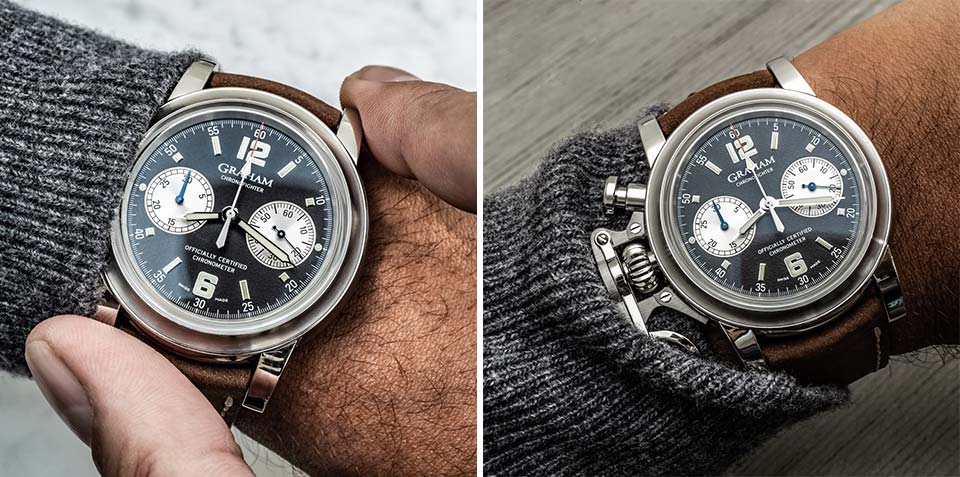
As for the sapphire glass, if you managed to scratch it, congratulations, this is an extraordinary achievement. The hardness of sapphire is 9 on the Mohs scale, only diamond is higher. This means that the glass is scratched either by a diamond (we are glad to have it), or by something like a tool with a diamond edge. It is no easier to polish a sapphire glass qualitatively than to scratch it. Apply already diamond paste. For roughing, for example, diamond paste ACM 40/28 NOM is suitable, here 40/28 indicates the fraction of diamond powder (in microns), and the letters indicate that the paste is of normal concentration (H), organ-washable (O), ointment-like (M ).
For finishing polishing, diamond suspension paste RDDM 2-4 NVZh is suitable, in its marking 2-4 indicates the fraction of polycrystalline powder (in microns), the letter H - normal concentration, V - water-washable paste, Zh - jelly-like. It is important to remember that too large a diamond fraction threatens to inflict new scratches on the glass! And remember the fragility of sapphire glass, which requires special delicacy when working with it.
The rest of the procedure is the same.
